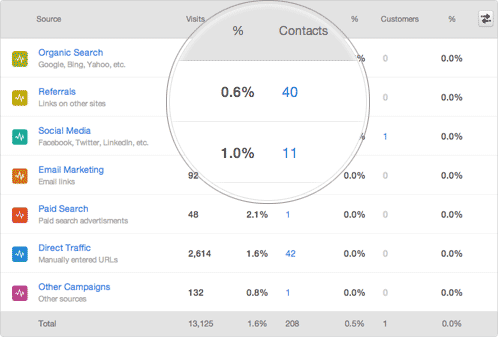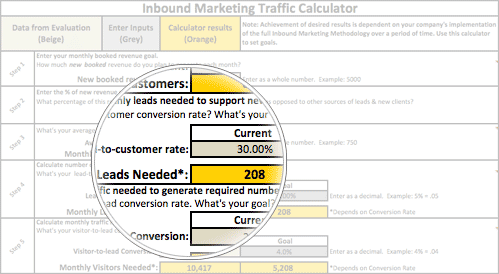If you're not completely satisfied with the way your website looks, or you think it could do a lot more for you than it's currently doing, a full-scale website redesign may be in your future.
This can be a daunting task, especially if it's approached haphazardly. But there are steps you can take before a designer starts working that can make the entire project easier, faster, less expensive and more effective. Here's a 4-step website redesign process that will help you plan a better website:
Step One: Goal Setting
Ask yourself: What is the purpose of my website? You need to understand the answer to that question before you can effectively explain it to a designer.
The main goal of your website should obviously reflect directly on your key business goals, but that doesn't mean they're going to be identical. For instance, a local retailer looking to launch an e-commerce website nationwide is going to have very different website goals from a manufacturer that wants to grow by generating more online leads and demand for their product.
Whatever the goals are, the design firm needs to understand it completely because the design is going to be influenced by those goals at every stage of the process.

Knowing how many visits and leads your website generates, and where those visitors and leads come from, helps you set achievable numeric goals. HubSpot marketing software can provide informative metrics for your goal-setting process.
Step Two: Marketing Evaluation
Ask yourself: From a marketing and sales standpoint, what does my website need to accomplish? How should it contribute to top line revenue?
Your company goals may or may not include performance metrics from your website, but they should. We talk to companies several times per month that have difficulty understanding the contribution their website makes to their top line revenue. You may consider your website successful if Google Analytics shows traffic increasing, bounce rate decreasing, lots of social media sharing or several contacts through your web form.
I can't stress this enough: your website must contribute to your top line revenue. The challenge is finding out how much a web lead is worth to your business. If you'd like to find out how much a web lead is worth to your company, you may request an inbound marketing assessment and we'll help you set goals and determine the value of your leads.
So before the website redesign begins, have the end result in mind. Then, share that ideal end with your design firm so they can design the website to get you there.

Quantifying the contribution your website should make to your overall sales goals is critical to the success of a website redesign. Our Inbound Marketing Traffic Calculator helps us understand how much traffic and how many leads your website needs to meet your sales goals. You'll get one of these customized for your company during an inbound marketing assessment.
Step Three: Website Evaluation
Ask yourself: What are the strengths and weaknesses of my current site?
Sometimes, you're closer to perfection than you realize. Does your website do what you want it to, just not effectively enough? Does it do some things very well, while lacking in some others?
A professional designer who knows exactly what you want your site to accomplish (see steps one and two) will be able to help you determine the shortest effective route from where you are to where you want to be, often saving you time and money in the process.
(Caveat: this evaluation needs to be done objectively, even if your brother-in-law designed your company website in 2002 and swears it's “beautiful!”)

Knowing where visitors click on key pages of your website can help determine if your calls to action are successful before you redesign.

HubSpot's Marketing Grader will give you a general idea of the marketing effectiveness of your website relative to your competition.
Step Four: New Business Initiatives
Ask yourself: What plans do I have in the pipe over the next two years that may impact my website design?
Since this is potentially such a big undertaking, it doesn't make sense to go through with it only to find it's obsolete six months later.
If you know your business is heading toward a major pivot in the near future, do your best to decide how your website fits into that and incorporate it into the redesign. If you're not sure how to accommodate your new direction, discuss future plans and flexibility with your design firm and make sure adjusting things down the road won't require the same time and effort as you're expending now.
With these four steps behind you, you should be able to leave the project in the hands of a capable website design firm, fully confident you're going to love the results.









